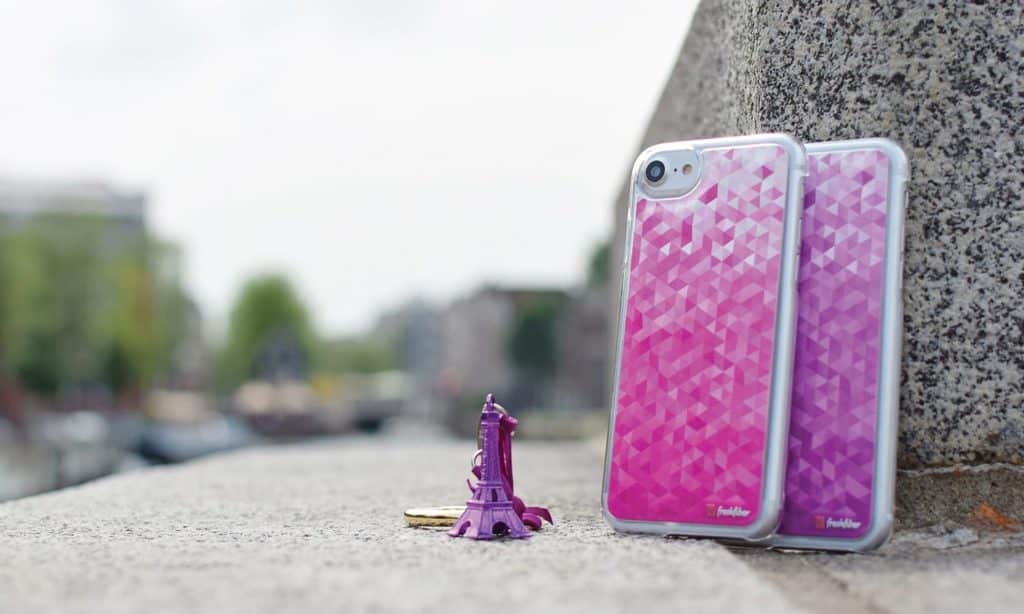Textured paint is not a new concept. Most people are familiar with “popcorn” ceilings. Textured wall paints can be useful for hiding imperfections that cannot be easily removed. Sand is often added to floor coatings to reduce their slipperiness. Now, textured coatings are finding a place in the consumer electronics market.
Texture in this application is not quite the same, however. Tactile experience can have a significant influence on people when they are buying personal electronics and other products; different consumers equate different touch sensations with high quality. Unlike wall and ceiling paints that incorporate materials that provide noticeable three-dimensional structures, textured coatings for smart phones and tablets provide different “feels” that can be attractive to different consumers. These textured coatings are generally referred to as haptic coatings, or coatings that provide a tactile sensation. Most are soft coatings, but with different types of soft “feel” from rubbery to velvety to silky. They are particularly relevant for consumer electronics because the plastics used to manufacture personal electronic devices are not only unattractive to look at when uncoated, they do not offer users a likeable tactile sensation.
Soft-touch coatings have posed challenges for coating manufacturers, however. Softer coatings typically have lacked durability and scratch- and stain-resistance properties. They can also be more difficult to formulate in a full range of colors and gloss levels. Resin suppliers and coating formulators have made significant progress in addressing these issues. For instance, newer ultraviolet-cured systems afford soft, textured coatings that resist staining, even when formulated with light-color pigments. Soft touch coatings are, in fact, now available for use on smartphones, tablets, keyboards, monitors, and all other aspects of consumer electronic products.
Coatings companies such as AkzoNobel and PPG have established groups focused on the development of coatings with unique colors, textures, and other effects for consumer electronic applications. They track not only color and styling, but cultural and demographic trends to be able to offer customized coating solutions.
Smaller companies are getting into the market as well. Freshfiber, a Netherlands-based design firm that creates “iconic and trend-setting” products for consumer electronics devices and fashion accessories, recently announced the launch of its new Full Color Textural collection of phone cases. The new three-dimensional (3D) collection “features ground-breaking, high-definition 3D color technology that creates a bold and intense aesthetic never before possible,” according to the company. The introduction of this new color technology in this 3D product offering also “opens the door to an infinite new array of possibilities for consumers.”
The Full Color Textural collection is inspired by elements of the natural world, such as crashing waves and underwater life, and includes six new phone case designs: Anemone, Dragon Stone, Geo, Glacier, Kaleido, and Tide. The Anemone design consists of a delicate petal texture inspired by sea anemones, while the Dragon Stone design has the appearance of intricate, fragile stone that seems to change its appearance on each viewing. The Kaleido design looks like a textured kaleidoscope. The Geo design is intended to imitate bending and moving reflections of vertical depths through the reflection of light on fragmented surfaces. The Glacier design is based on these slow-moving natural formations, while the Tide design is intended to engender the feeling one has when hearing waves crashing against stone. Artists from around the world collaborated with Freshfiber to “unite their contemporary design with three-dimensional texturality, protection, and utility,” according to the company.
The new line of protective phone cases with textured coatings includes products for iPhones, iPads, and Samsung Galaxy devices.
